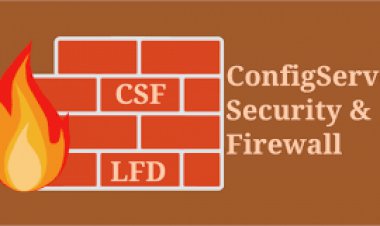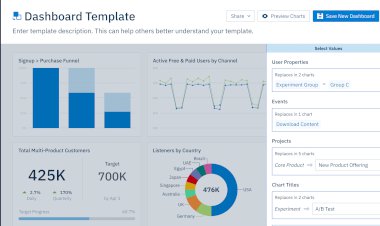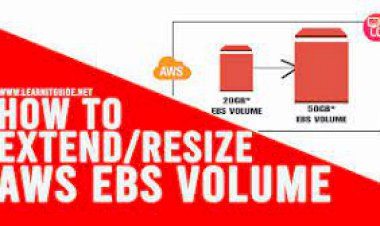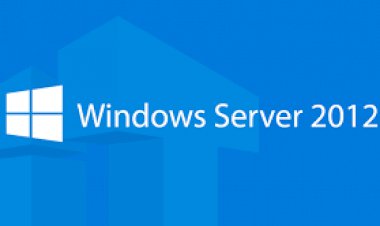How do I increase the size of my EBS volume if I receive an error that there’s no space left on my file system?
How do I increase the size of my EBS volume if I receive an error that there’s no space left on my file system?
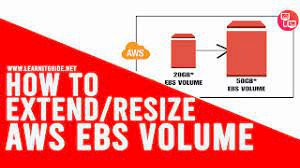
I received an error that there's no space left on my file system when I tried to increase the size of my Amazon Elastic Block Store (Amazon EBS) volume. How do I fix this?
Short Description
To avoid No space left on device errors when expanding the root partition or root file system on your EBS volume, use the temporary file system, tmpfs, that resides in memory. Mount the tmpfs file system under the /tmp mount point, and then expand your root partition or root file system.
Example
The following example shows that the root EBS volume block device (/dev/nvme0n1) is 9 GiB, and the root partition (partition 1) is already 8 GiB.
$ lsblk
NAME MAJ:MIN RM SIZE RO TYPE MOUNTPOINT
nvme0n1 259:0 0 9G 0 disk
├─nvme0n1p1 259:1 0 8G 0 part /
└─nvme0n1p128 259:2 0 1M 0 part
If you attempt to increase the root partition (partition 1), you receive one of the following errors:
$ sudo growpart /dev/nvme0n1 1
/bin/growpart: line 248: /tmp/growpart.fklt5u/dump.out: No space left on device
FAILED: failed to dump sfdisk info for /dev/nvme0n1
-or-
$ sudo growpart /dev/nvme0n1 1
CHANGED: partition=1 start=4096 old: size=16773087 end=16777183 new: size=18870239 end=18874335
FAILED: failed: sfdisk --list /dev/nvme0n1
Note: It's a best practice to create an Amazon Machine Image (AMI) backup of the instance or a snapshot of the root EBS volume that's attached to your instance before attempting the resolution steps. A backup allows you to recover your data from unforeseen issues.
Resolution
1. Connect to your Amazon Elastic Compute Cloud (Amazon EC2) Linux instance using SSH.
2. Use the df -h command to verify that the root partition mounted under "/" is full (100%). In the following example, /dev/nvme0n1p1 is using 100% of its space.
$ df -h
Filesystem Size Used Avail Use% Mounted on
devtmpfs 460M 0 475M 0% /dev
tmpfs 478M 0 492M 0% /dev/shm
tmpfs 478M 432K 492M 1% /run
tmpfs 478M 0 492M 0% /sys/fs/cgroup
/dev/nvme0n1p1 8.0G 8.0G 664K 100% /
tmpfs 96M 0 99M 0% /run/user/1000
3. Run the following commands to gather details about your attached block devices and the root "/" mount point.
$ lsblk
NAME MAJ:MIN RM SIZE RO TYPE MOUNTPOINT
nvme0n1 259:0 0 9G 0 disk
├─nvme0n1p1 259:1 0 8G 0 part /
└─nvme0n1p128 259:2 0 1M 0 part
$ lsblk -f
NAME FSTYPE LABEL UUID MOUNTPOINT
nvme0n1
├─nvme0n1p1 xfs / afcf1342-1d40-41bd-bde9-e4ea5d87e3b6 /
└─nvme0n1p128
In the preceding example output, the root EBS volume has 9 GiB of total space but the root partition (/dev/nvme0n1p1) or partition 1, is only 8 GiB. The file system type is XFS.
4. To avoid a No space left on the block device error, mount the temporary file system tmpfs to the /tmp mount point. This creates a 10 M tmpfs mounted to /tmp.
$ sudo mount -o size=10M,rw,nodev,nosuid -t tmpfs tmpfs /tmp
5. Run the growpart command to grow the size of the root partition or partition 1. Replace /dev/nvme0n1 with your root partition.
$ sudo growpart /dev/nvme0n1 1
CHANGED: partition=1 start=4096 old: size=16773087 end=16777183 new: size=18870239 end=18874335
Run the lsblk command to verify that partition 1 is expanded to 9 GiB.
$ lsblk
NAME MAJ:MIN RM SIZE RO TYPE MOUNTPOINT
nvme0n1 259:0 0 9G 0 disk
├─nvme0n1p1 259:1 0 9G 0 part /
└─nvme0n1p128 259:2 0 1M 0 part
6. Expand the file system. Refer to step 3 to verify the file system of your root partition "/".
In the following example, an XFS-type file system is expanded.
$ sudo xfs_growfs -d /
data blocks changed from 2096635 to 2358779
= sectsz=512 sunit=0 blks, lazy-count=1
log =internal bsize=4096 blocks=2560, version=2
naming =version 2 bsize=4096 ascii-ci=0 ftype=1
= sunit=0 swidth=0 blks
data = bsize=4096 blocks=2096635, imaxpct=25
= crc=1 finobt=1 spinodes=0
= sectsz=512 attr=2, projid32bit=1
realtime =none extsz=4096 blocks=0, rtextents=0
meta-data=/dev/nvme0n1p1 isize=512 agcount=4, agsize=524159 blks
In the following example, an EXT2/EXT3/EXT4 file system on partition 1 is expanded:
$ sudo resize2fs /dev/nvme0n1p1
7. After expanding the file system, use the df -h command to verify that the OS can see the additional space.
$ df -h
Filesystem Size Used Avail Use% Mounted on
devtmpfs 960M 0 960M 0% /dev
tmpfs 978M 0 978M 0% /dev/shm
tmpfs 978M 392K 978M 1% /run
tmpfs 978M 0 978M 0% /sys/fs/cgroup
/dev/nvme0n1p1 9.0G 8.0G 1022M 89% /
tmpfs 196M 0 196M 0% /run/user/1000
tmpfs 10M 0 10M 0% /tmp
8. Run the unmount command to unmount the tmpfs file system.
$ sudo umount /tmp












